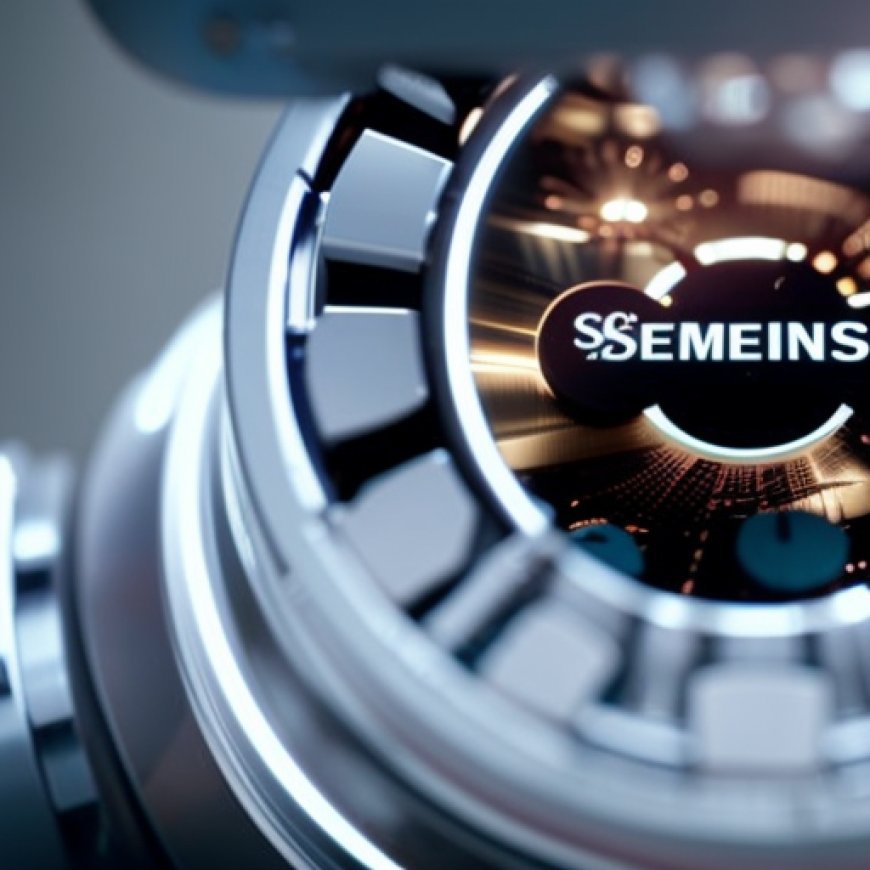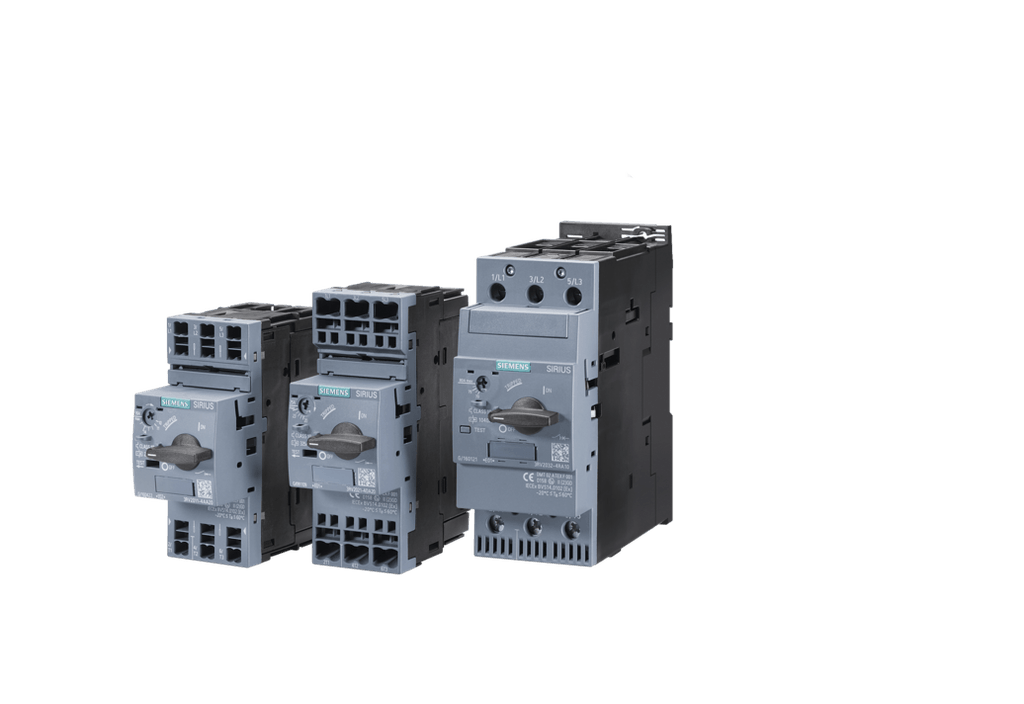Siemens and BASF collaborate on driving circular economy | Press | Company


Siemens and BASF Collaborate to Promote Sustainable Development Goals

Introduction
Siemens Smart Infrastructure and BASF have joined forces to enhance asset performance, availability, and reliability by offering resource-efficient and circular products that optimize energy use, production, and supply chains throughout their lifecycle. This collaboration aligns with the Sustainable Development Goals (SDGs) set by the United Nations.
BASF’s Commitment to Circular Economy
BASF is dedicated to contributing to the circular economy and de-fossilization by increasingly utilizing renewable and recycled raw materials in its product manufacturing process. The company gradually replaces fossil raw materials with bio-based and recycled feedstock, following the mass balance approach. This approach involves introducing renewable or recycled raw materials at the beginning of BASF’s complex value chains. When customers choose certified products from these value chains, BASF incorporates sustainable raw materials into its ongoing production.
Advantages of the Mass Balance Approach
The mass balance approach is a game-changing solution that enables the gradual replacement of fossil raw materials in complex production processes. The higher the demand for alternative products, the greater the proportion of alternative raw materials integrated into the production network. This approach aligns with BASF’s goal of achieving a circular economy and net zero operations. The SIRIUS 3RV2 circuit breaker, used in BASF production plants, not only protects motors but also enhances their efficiency and reliability, making a double contribution to sustainability objectives.
Integration of Alternative Raw Materials
The mass balance approach allows for the integration of various alternative raw materials, such as biomethane, bio-naphtha, or pyrolysis oil, into the value chain. BASF ensures that the bio-naphtha and biomethane used in its processes are certified as sustainable according to established systems like ISCC PLUS and REDcert. The SIRIUS 3RV2 circuit breaker serves as proof of resource-efficient plastics production and represents a milestone in BASF’s journey towards sustainable plastics.
Innovative Use of Sustainable Materials
Siemens acknowledges the unique achievement of incorporating innovative and sustainable materials into an important safety component without compromising its functionality and performance. The SIRIUS 3RV2 circuit breaker, made with sustainable plastic components, plays a crucial role in protecting machines and electrical cables from faults like short circuits, preventing major damage and potential fires.
Showcasing at ACHEMA Trade Fair
The SIRIUS 3RV2 circuit breaker, featuring sustainable plastic components, will be showcased for the first time at the ACHEMA trade fair in Frankfurt from June 10-14, 2024. Visitors can learn more about Siemens EcoTech and explore the benefits of this innovative solution for sustainable manufacturing.
1) The calculation of Product Carbon Footprint of materials is according to TfS Methodology and compares the CO2 reduction of the BASF Biomass Balanced product vs the conventional BASF product.
Additional Information
SDGs, Targets, and Indicators
1. SDGs Addressed:
- SDG 7: Affordable and Clean Energy
- SDG 9: Industry, Innovation, and Infrastructure
- SDG 12: Responsible Consumption and Production
2. Specific Targets:
- SDG 7.2: Increase the share of renewable energy in the global energy mix
- SDG 9.4: Upgrade infrastructure and retrofit industries to make them sustainable
- SDG 12.2: Achieve sustainable management and efficient use of natural resources
3. Indicators:
- Use of renewable and recycled raw materials in product manufacturing
- Introduction of sustainable raw materials into production value chains
- Certification of sustainable raw materials according to established systems
- Reduction of CO2 emissions through the use of biomass balanced products
Table: SDGs, Targets, and Indicators
| SDGs | Targets | Indicators | |
|---|---|---|---|
| SDG 7: Affordable and Clean Energy | Increase the share of renewable energy in the global energy mix | Use of renewable and recycled raw materials in product manufacturing | |
| SDG 9: Industry, Innovation, and Infrastructure | Upgrade infrastructure and retrofit industries to make them sustainable | Introduction of sustainable raw materials into production value chains | |
| SDG 12: Responsible Consumption and Production | Achieve sustainable management and efficient use of natural resources | Certification of sustainable raw materials according to established systems | Reduction of CO2 emissions through the use of biomass balanced products |
Analysis:
The article discusses the collaboration between Siemens and BASF to improve asset performance, availability, and reliability through resource-efficient and circular products. This aligns with SDG 7 (Affordable and Clean Energy), SDG 9 (Industry, Innovation, and Infrastructure), and SDG 12 (Responsible Consumption and Production).
Based on the article’s content, specific targets under these SDGs can be identified. SDG 7.2 aims to increase the share of renewable energy in the global energy mix, which is reflected in the use of renewable and recycled raw materials in product manufacturing. SDG 9.4 focuses on upgrading infrastructure and retrofitting industries to make them sustainable, which is achieved through the introduction of sustainable raw materials into production value chains. SDG 12.2 aims to achieve sustainable management and efficient use of natural resources, which is measured by the certification of sustainable raw materials according to established systems and the reduction of CO2 emissions through the use of biomass balanced products.
The indicators mentioned or implied in the article include the use of renewable and recycled raw materials, the introduction of sustainable raw materials into production value chains, the certification of sustainable raw materials according to established systems such as ISCC PLUS and REDcert, and the reduction of CO2 emissions through the use of biomass balanced products. These indicators can be used to measure progress towards the identified targets.
Copyright: Dive into this article, curated with care by SDG Investors Inc. Our advanced AI technology searches through vast amounts of data to spotlight how we are all moving forward with the Sustainable Development Goals. While we own the rights to this content, we invite you to share it to help spread knowledge and spark action on the SDGs.
Fuente: press.siemens.com

Join us, as fellow seekers of change, on a transformative journey at https://sdgtalks.ai/welcome, where you can become a member and actively contribute to shaping a brighter future.







